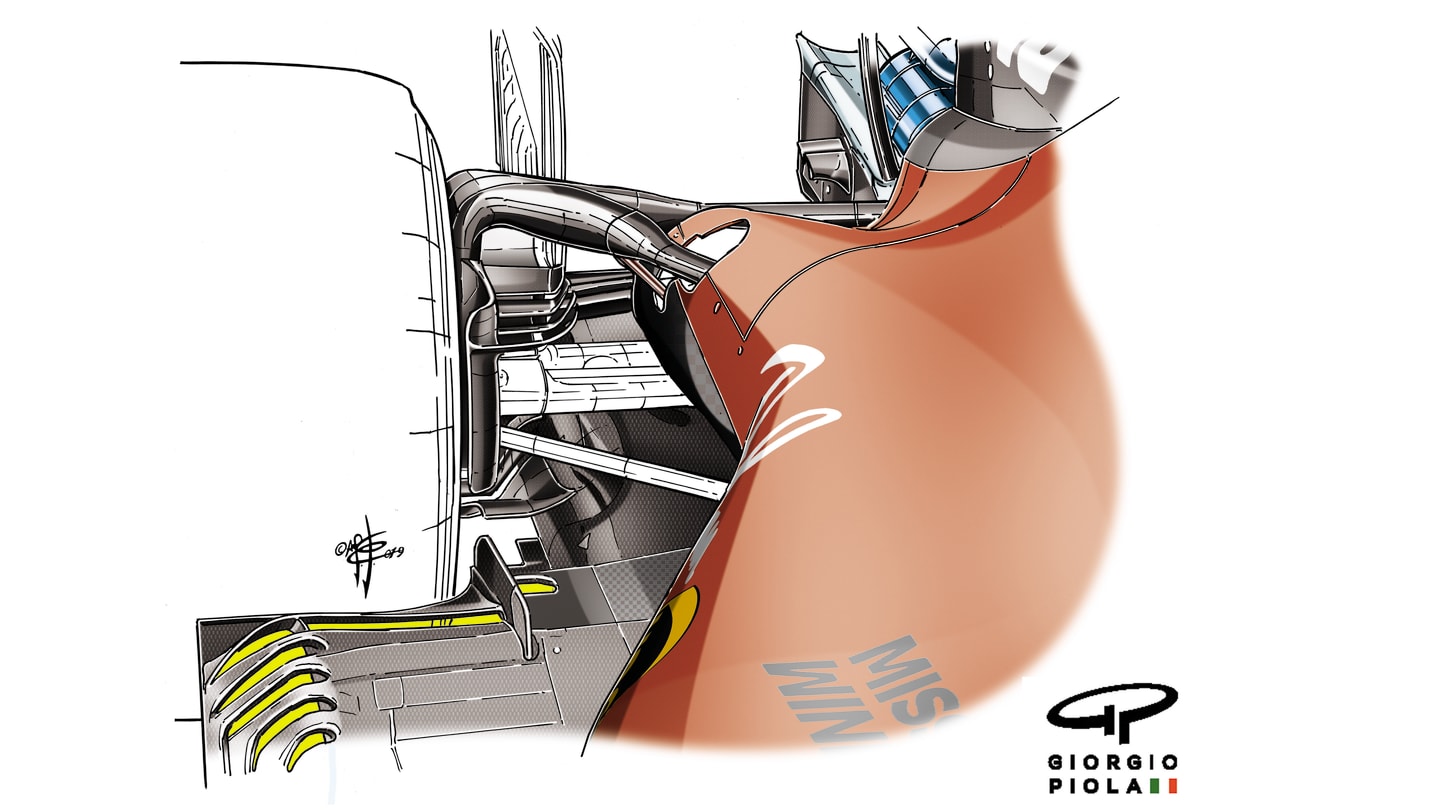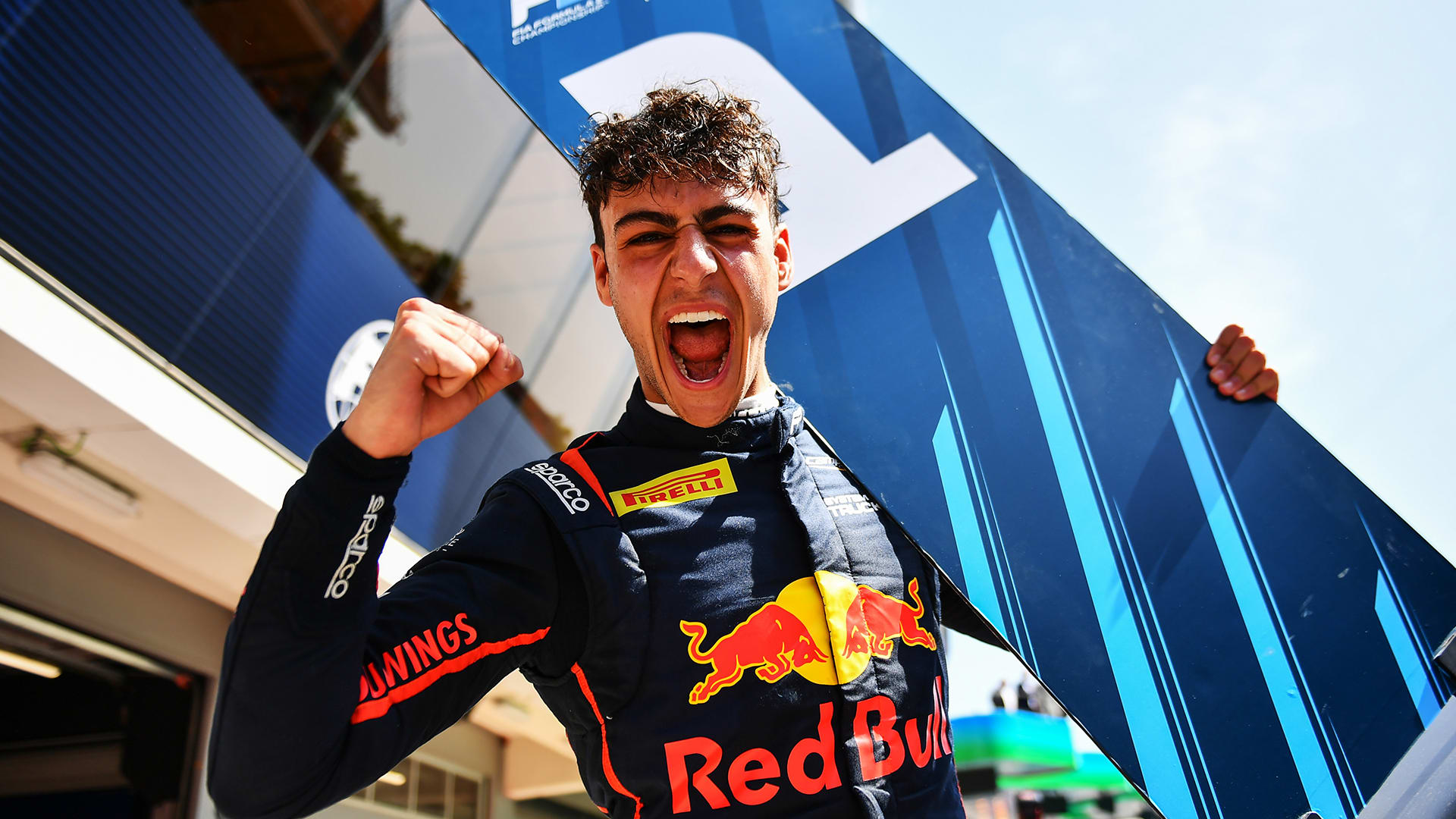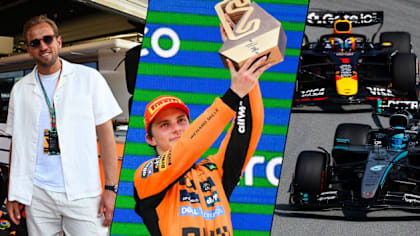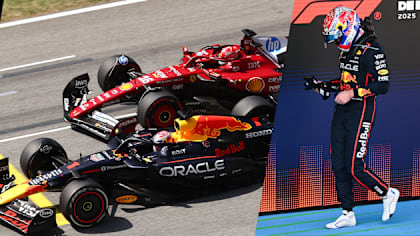
Technical
TECH TUESDAY: The Ferrari floor tweak to improve aero efficiency

Share

The pattern of where Ferrari were losing lap time to Mercedes in China – mainly in the slow corners – was consistent with that seen everywhere so far this season.
Even in Bahrain, where Ferrari’s Charles Leclerc was on pole, 0.3s faster than Mercedes, the silver cars were still taking time from the red ones between turn-in and apex at many of the key turns. So far this season, Ferrari seem to be struggling to generate enough downforce from the front end of the car to get the required handling balance in slow corners.
So it may seem anomalous that the only significant update on the Ferrari in China was to the rear of the car, with this extensive opening up of the slots around the rear tyre. However, this simply reflects the ongoing development programme in the team’s wind tunnel. We can be certain that at Maranello the number one priority will be on correcting the apparent downforce shortfall around the front of the car, but there will still be standard developments coming through the pipeline initiated before the current problem was identified.
Some of these developments, even if they do not specifically address the main priority, will still give an improvement in the overall aerodynamic performance of the car – and therefore they will be made and fitted. The revised floor in Shanghai was one such development.

The slots at this part of the floor are to deal with the disruption to the airflow caused by the rotating tyre which has a tendency to spoil the consistency of underfloor airflow making its way to the diffuser. These slots allow the excess pressure to escape instead into the free airstream.
The effect of this will be to enhance the performance of the underfloor in creating downforce through the air pressure differential between the underside of the car and the atmosphere. The more the underfloor contributes to the total downforce, the less rear wing will be required for a given level of downforce. Downforce created by the rear wing creates a lot more drag than that created by the underfloor and the limitation in how much rear wing teams use comes at the point where the incremental increase costs more lap time in drag than it brings in downforce. So getting the underfloor to work better should allow less rear wing to be used for the same total downforce.
This improvement in the car’s aerodynamic efficiency will always be a good thing, regardless of whether or not it is addressing the car’s main weak spot. For example, in a car with insufficient front downforce, the car will be balanced by carrying less rear wing than it could otherwise handle – and if you can improve the underfloor, then it could carry even less again for the same balance. This will allow it to be faster down the straights.
So regardless of whether the car lacks grip at the front or rear, an improvement in aero efficiency should still improve lap time. The bigger leaps in competitiveness however will only come when the fundamental aerodynamic balance problem can be addressed.
YOU MIGHT ALSO LIKE

Video HIGHLIGHTS: Watch the action from the Spanish GP as Piastri wins while Verstappen and Russell collide
Feature SPAIN LOWDOWN: All the key moments as Piastri stars, restart chaos ensues and footballers descend on the paddock
FeatureF1 Unlocked MONDAY MORNING DEBRIEF: Verstappen made contact with Russell and Leclerc – but why were they racing each other in the first place?
Feature What the teams said – Race day in Spain



